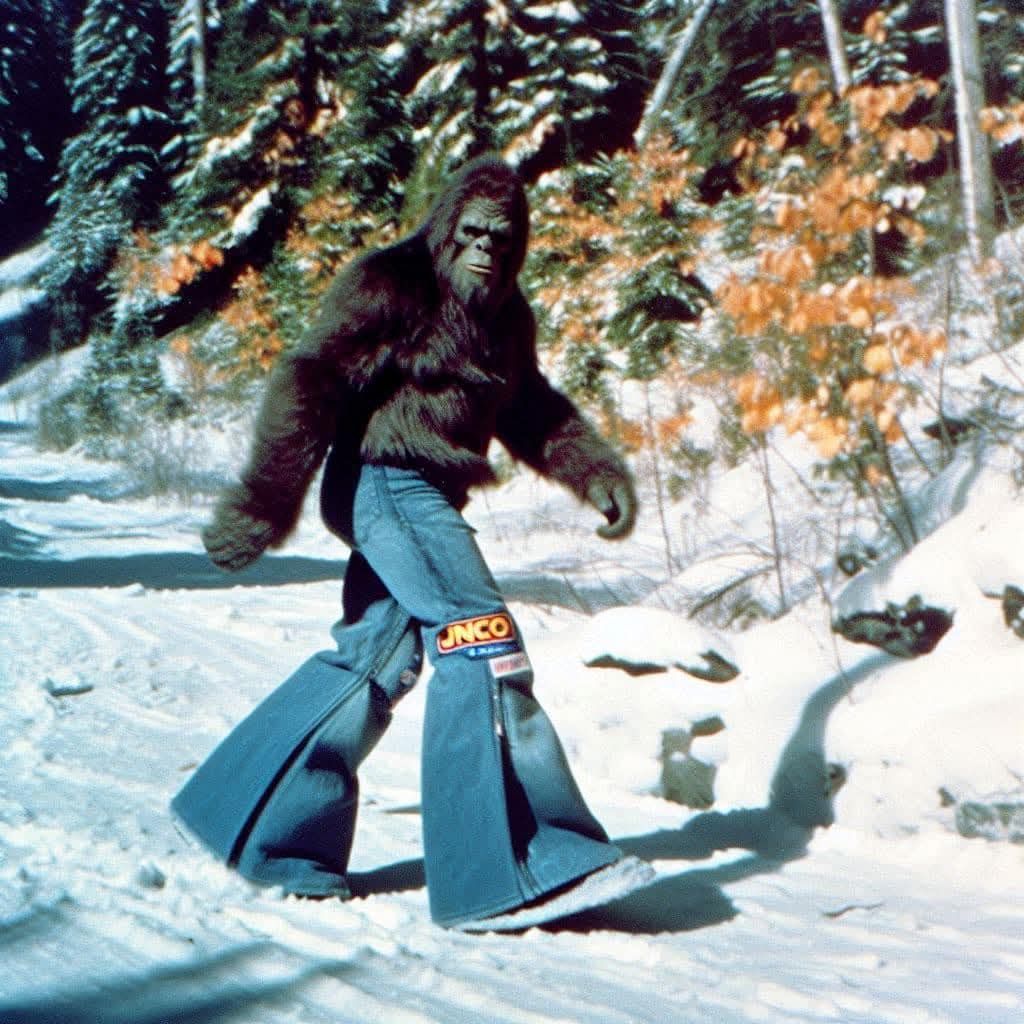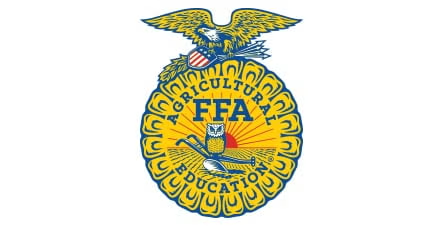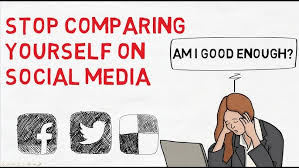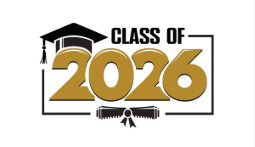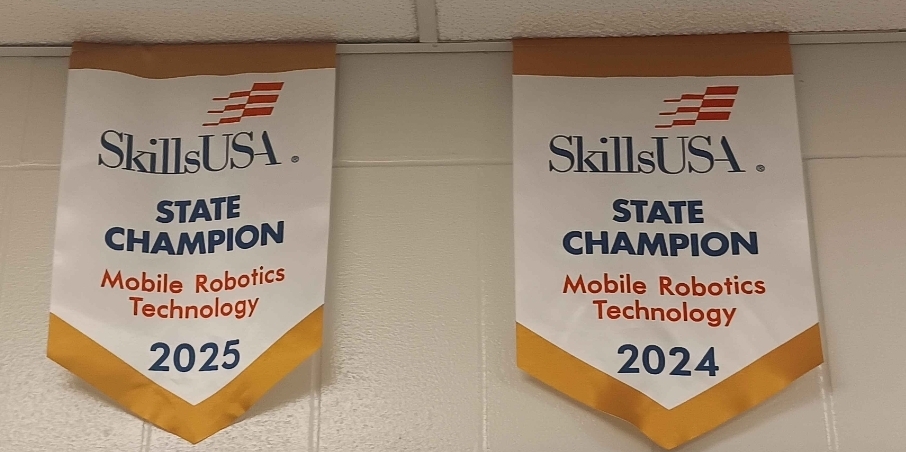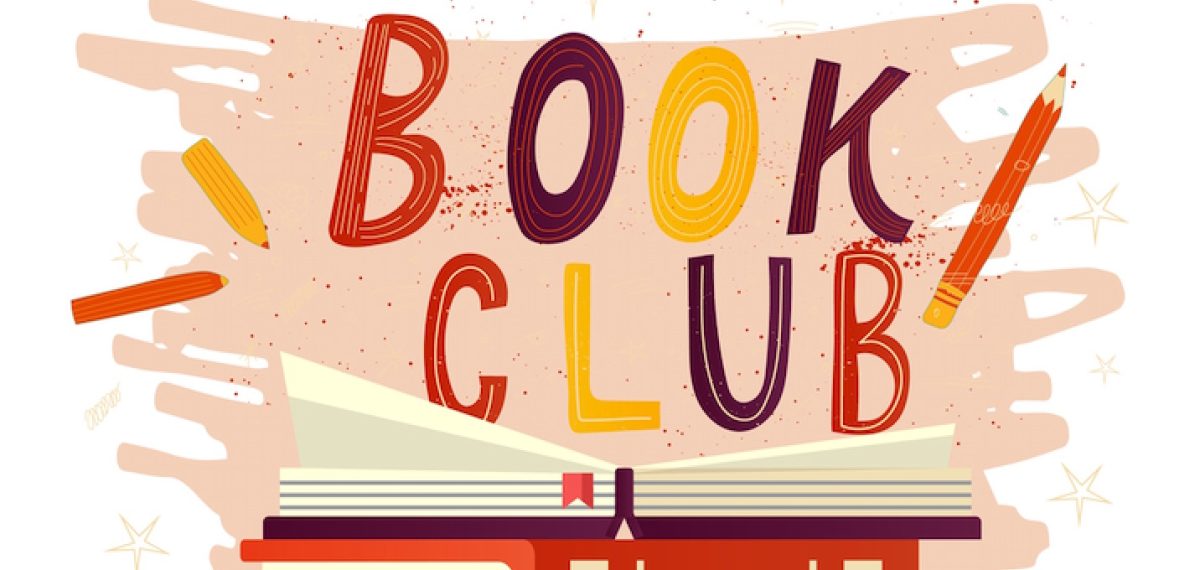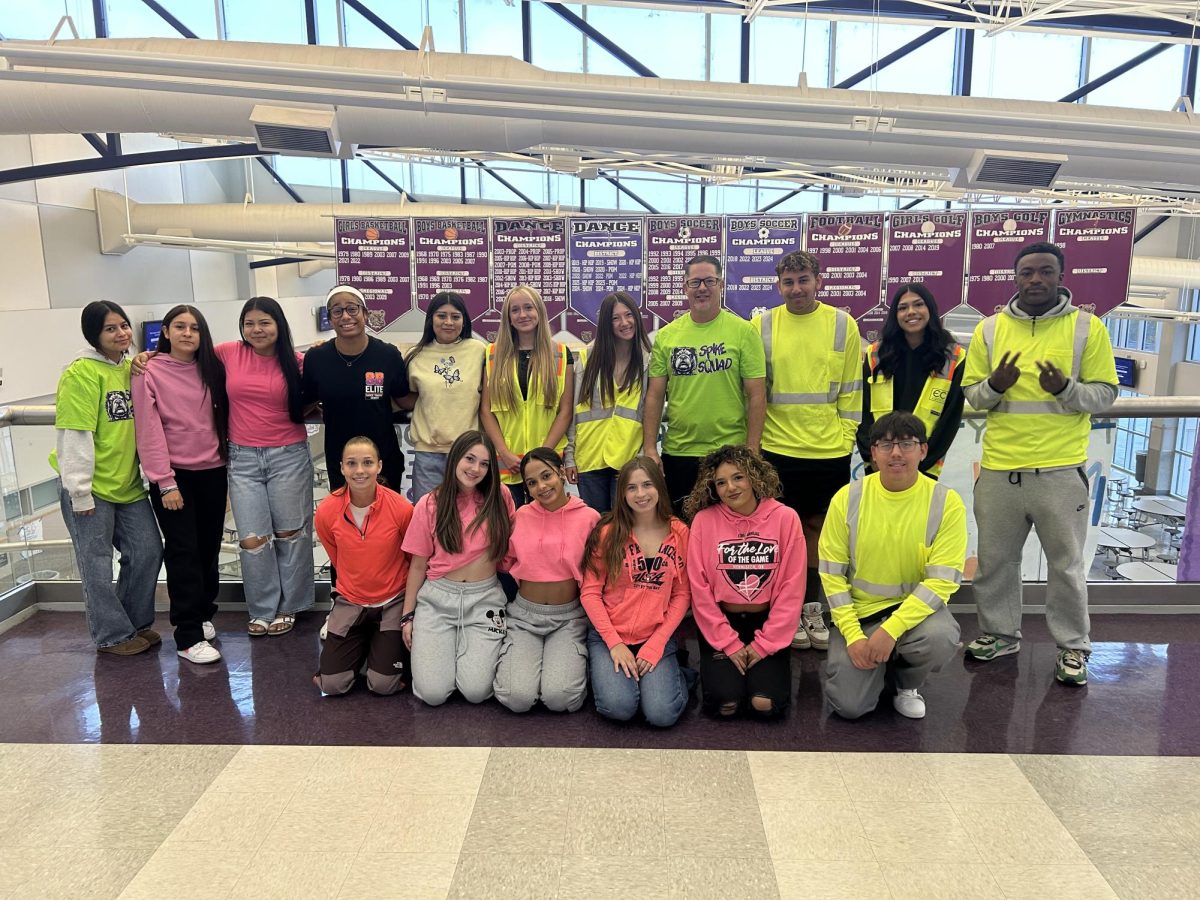Clothing and style trends come and go every few years. In the 90s and early 2000s, baggy pants like JNCOs and spiky frosted tips were all the rage. In the 80s, cropped shirts, short shorts, and wild hairstyles were fashionable. Recently, we’ve seen a major comeback of early Y2K and 90s clothing. Students at PHS have been sporting brands like JNCO jeans, South Pole jeans, and FUBU—all staple brands from the 90s and early 2000s. While the quality and designs are amazing, have you noticed the prices of these items!?
I am a huge fan of 90s and early 2000s styles and have invested a good amount of money into brands like Ecko Unltd, FUBU, and South Pole. However, I’m not so sure about Bianca’s perspective. One thing we can both agree on is the outrageous prices these clothing items command.
If you look on websites like Depop and search for JNCO or Affliction, you’ll find shirts priced anywhere from $40 to $500, whether new or used. Once, while searching for a cool hoodie for the winter on Depop, I came across a hoodie in poor condition listed as a “preloved vintage JNCO-like hoodie” for $50. It’s just crazy! And it’s only getting crazier. Right now, the reselling market is flooded with items labeled as vintage or Y2K because of current fashion trends. We understand that people need to make a living, but it’s frustrating to see thrifted items listed at such high prices; something you bought for $7 being marked up to $40 feels like greed.
There used to be a feature on the Depop app that allowed users to comment on posts. However, this feature led to losses for Depop because scammers and scalpers attempting to dropship and upsell items were being called out. Now, comments aren’t allowed, and if you message someone to inform them that an item is fake or overpriced, they can simply block you.
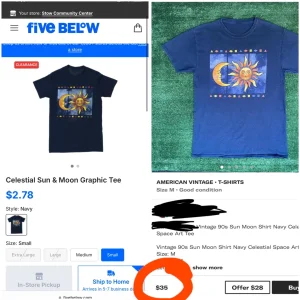  (shirt from 5 below listed for $35)
 (shirt from 5 below listed for $35)
How can you avoid paying these insane prices? The obvious answer is to go thrifting yourself. Pasco is home to a Goodwill and a Goodwill outlet where, if you look hard enough, you can find actual good stuff. It honestly takes time and patience.
Another option is to check places like Facebook Marketplace, OfferUp, and even Craigslist. On Facebook Marketplace, I’ve found brands like Ecko, South Pole, and FUBU listed for prices around $10 or $15 because older sellers are just trying to get rid of clothes they don’t need.
You can also explore antique stores, such as those in Uptown Richland. These stores usually have layouts that consist of multiple booths owned by different people, which means different prices and items. I once found old Monster Energy merchandise from the early 2000s for $10, but unfortunately, it wasn’t my size, and I wasn’t interested in reselling it.
Additionally, there are reasonable sellers and vintage stores, one of our personal favorites being “The One Piece of Retro” in Uptown Richland. They have tons of older brands for great prices, although we’re not too sure about their “OBO” (or best offer) policy.
A fantastic and popular way to find good vintage clothing is at vintage markets that are starting to be held here in the Tri-Cities, consisting of multiple booths with different sellers. We’ve seen booths that feature $5 bins or clearance items. The next one is on June 21st at the Kennewick Fairgrounds.
But why is upselling bad? Well, because 90% of the time, these clothing items are sourced from places like Goodwill, community thrift stores, and Salvation Army thrift shops. When people buy these items and then upsell them, prices at these stores increase due to both reselling and inflation. This ultimately affects low-income individuals who rely on these sources, making it harder for them to access affordable clothing.
At Goodwill, there has been a significant increase in prices because of reselling and general inflation, with some pants being tagged at almost brand-new prices. Although thrifting has always been a way to find cool clothes, it’s currently at an all-time high. Hopefully, prices will decrease for those who genuinely need it, allowing communities with stores dedicated to lower-income individuals to remain a reliable source for affordable items and clothing.
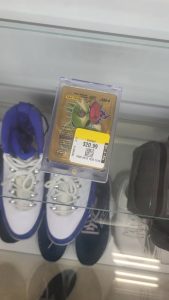  (one single fake Pokémon card for $20.)
 (one single fake Pokémon card for $20.)

